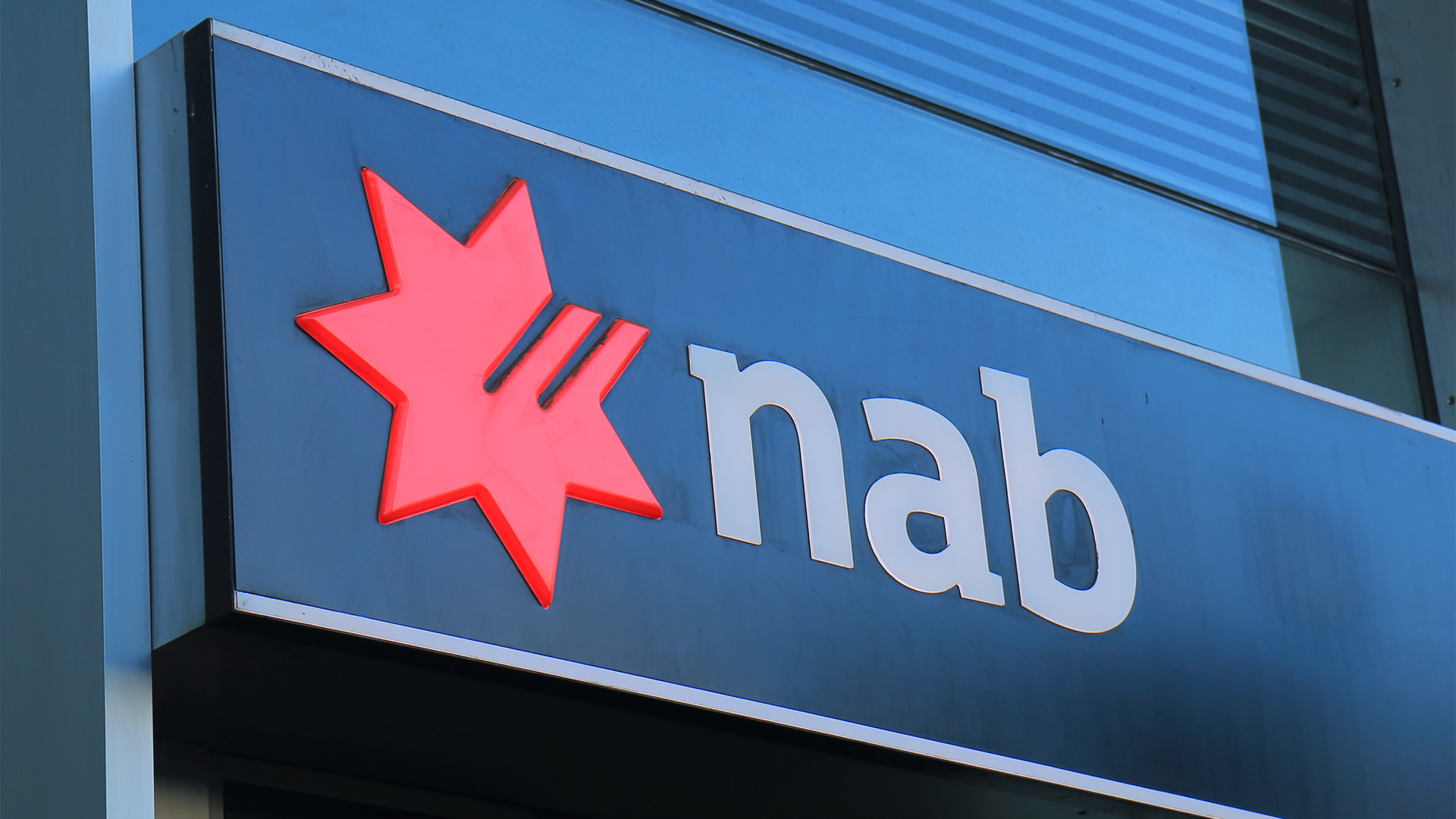Shareholders in Brambles will have to wait a bit longer for any improvement in dividend income from the company.
The company yesterday cut interim payout by 28.5% to 12.5c a share, from 17.5c, a reduction similar to that in the final payout for 2008-09.
Then the company cut the final dividend for last financial year to 12.5c, and used the same explanation as chairman, Graham Kraehe used yesterday when he said:
“The interim dividend is in line with the final dividend declared in August 2009.
"This reflects our focus on maintaining an appropriate level of payout considering the ongoing economic uncertainty and our long-term investment commitments,” Mr Kraehe said.
The cut is one of the sharpest so far from a major company and contrasts to 17% increase yesterday from another multi-national, CSL, which also has significant exposure to the Australian dollar.
The shares jumped nearly 6%, or 39c to $7.04.

Brambles reported a 7% fall in first half net profit to $US207.1 million ($A229.5 million) for the six months to December 31, down from $US212.8 million ($A235.8 million) in the prior corresponding period.
The decline was in constant currency terms.
Sales revenue fell 2% in constant currency terms to $US2.09 billion ($A2.31 billion), from $US2.07 billion ($A2.3 billion).
"We are well-placed to return to growth as business conditions gradually improve and initiatives put in place for the long-term show results," Brambles chief executive Tom Gorman said in the statement on to the ASX.
The weakness in revenues had been flagged late last year in a trading update at the AGM.
Mr Gorman said yesterday the decline in sales revenue and profit was predominantly due to subdued business conditions in the company’s largest markets, such as the US, UK and Spain.
"Underlying profit was impacted by the rollout of the Better Everyday program in CHEP USA," he said.
Mr Gorman added that Brambles’ CHEP and Recall businesses had "outstanding business models, customer bases and prospects for long-term profitable growth".
"Our strong financial position stands us in good stead to pursue this growth as the economies in which we operate recover," he said.
Mr Gorman said sales revenue grew in established CHEP markets such as Australia, Canada and South Africa, as well as in the less mature markets of Italy, Central and Eastern Europe and Latin America.
Sales revenue declined 5% in constant currency terms at the CHEP Americas business to $US756.9 million ($A838.81 million).
This was due primarily to weakness in the US, as a result of lower organic issue volumes, net business losses and changes in pricing and sales mix.
Brambles said roll-out of its $US64.8 million Better Everyday program was "progressing well, resulting in improvements in quality and service for customers".
The company had net debt of $US2.0284 billion ($A2.25 billion) at December 31, 2009, reducing debt by $US115 million ($A127.45 million) during the half.
"Undrawn committed credit facilities were $US1.3172 billion ($A1.46 billion), providing ample scope to meet organic investment and growth requirements," the company said.
The company’s key business is the US, where there have been ongoing problems. The company had this to say:
"CHEP Americas’ statutory operating profit rose 36% to US$108.6 million but Underlying profit was down 54%. This difference reflects CHEP Americas’ recognition in the prior corresponding period of US$153.7 million Significant items.
"In the first half of the 2010 financial year, CHEP Americas did not recognise any Significant items.
“CHEP Americas has included in Underlying profit its expenditure on quality initiatives of US$64.8 million, comprising the Better Everyday program and the balance of the USA pallet quality program.
"Volume and price reductions had a US$26 million impact on statutory operating profit.
"Other profit impacts included: an US$18 million increase in the irrecoverable pooling equipment provision (IPEP) expense, reflecting the outcomes of audits completed in the period; and US$10 million from storing approximately 4 million idle pallets within CHEP USA, as identified at the 2009 AGM. CHEP USA expects similar costs from storing these idle pallets in the second half."













